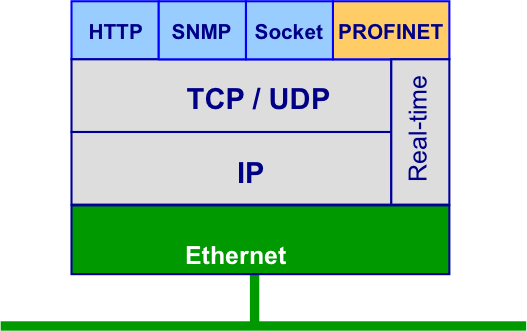Did you catch the new White Paper we posted? If not, here it is: PROFINET for network geeks (and those who want to be).
Done yet?
TL;DR (it’s only four pages!): The White Paper discusses the seven-layer ISO/OSI Reference Model, as well as how in the Ethernet world, these seven layers collapse down into four. It also describes how PROFINET can skip TCP/IP to improve speed and determinism.

At the same time, you might also be aware that PROFINET uses relevant device names, which are a lot easier to remember than IP-addresses. That being said, a device is always given both a NAME and an IP-ADDRESS. All of this is part of our free one-day training classes. As such, we sometimes get this question from the audience:
Why set an IP-Address if PROFINET skips the TCP and IP layers to communicate in real-time?
The answer is pretty simple: PROFINET uses TCP/IP where it makes sense (i.e. where the data is not time critical). For example:
- Configuration
- Parametrization
- Diagnostics
Therefore, an IP-address is needed for these functions. There are also other benefits. Many devices have embedded web servers. This allows you to type in their IP-address into a web browser and access them like a webpage. One of the biggest reasons people are moving to PROFINET is DATA ACCESS. By using IP-addresses, it helps integrate device-level information vertically into higher level MES systems.
Want to learn more about device naming? The Tech Tip in this month’s PROFINEWS North America comes from Hunter Harrington, PROFINET Consulting Engineer, at the PROFI Interface Center. He answers the question: “What’s in a (PROFINET device) name?” Give it a read.
– Michael Bowne
